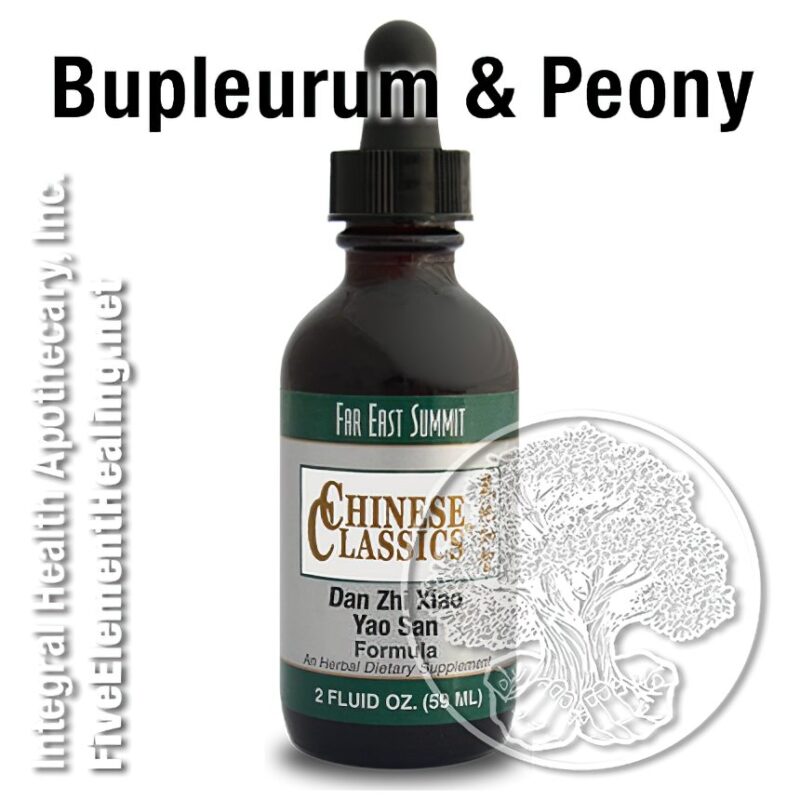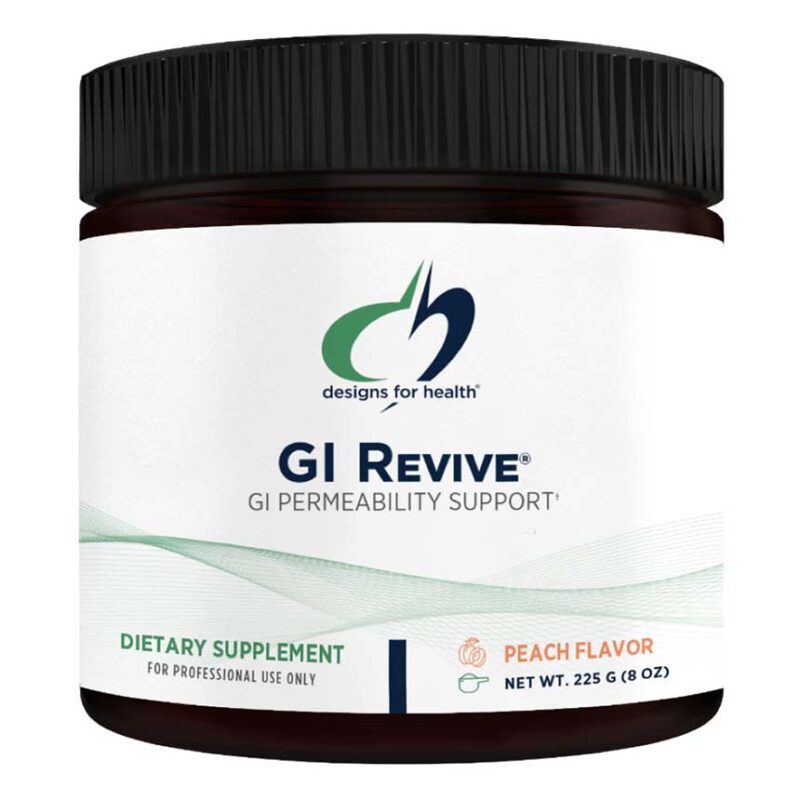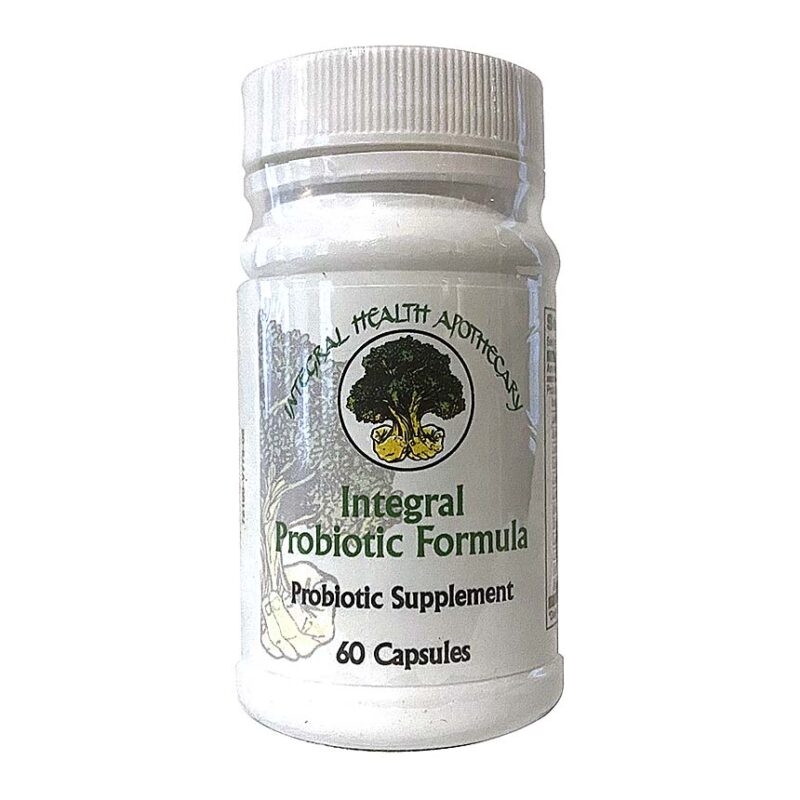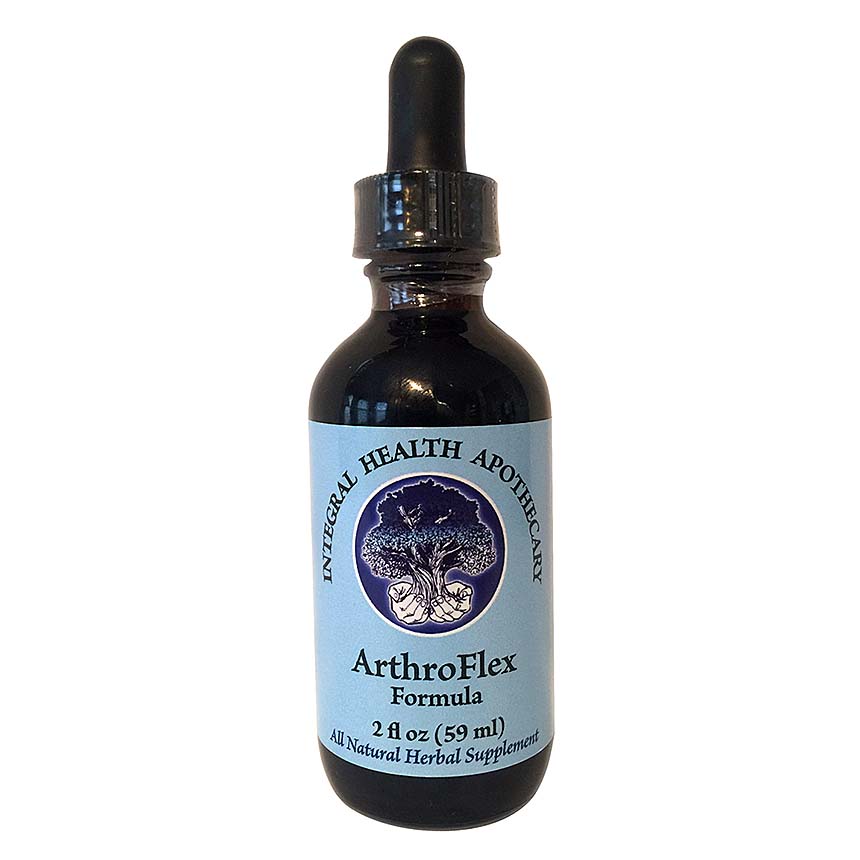
ArthroFlex Formula (2 oz)
April 21, 2025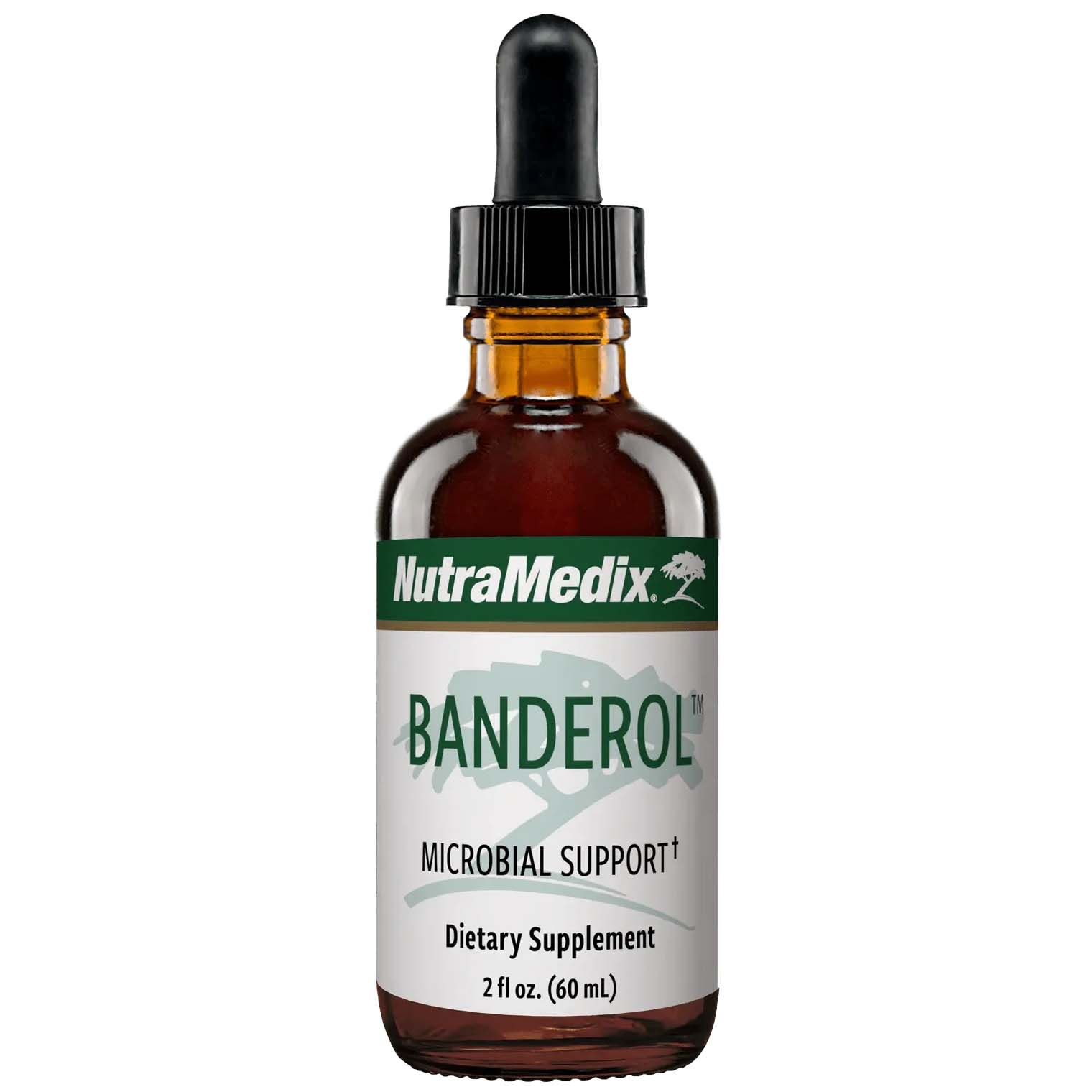
Banderol – (Otoba extract) – 1 fl oz
April 21, 2025Bio-Zyme (Mega-Strength Enzyme Supplement ) helps break down fats, carbohydrates, and proteins in the small intestine. Bio-Zyme« provides the highest potency pancreatic enzyme complex available to help break down fats and carbohydrates in the lower intestine. While other pancreatin products are often diluted with salt or lactose, Bio-Zyme contains full-strength, undiluted pancreatic extract for optimum natural advantages. Bio-Zyme is a unique supplemental formula for those who wish to support their digestion.
INGREDIENTS:
Pancreatic enzymes 10X 325 mg *
USP units of activity:
Protease 81,250
Amylase 81,250
Lipase 6,500
Trypsin 75 mg *
Papain 50 mg *
Bromelain (2,400 G.D.U./g) 17 mg *
Amylase 10 mg *
Lipase 10 mg *
Lysozyme 10 mg *
Chymotrypsin 2 mg *
Other Ingredients: cellulose, potassium bicarbonate, modified cellulose gum, modified cellulose, magnesium stearate, lecithin, and carnauba wax.
Contains No: sugar, salt, yeast, wheat, gluten, corn, dairy products, artificial coloring, artificial flavoring and preservatives.
Note:
**10X pancreatic enzymes are full strength, undiluted, and uncut. 325mg of 10X are equivalent to 3,250mg of 1X.
***Bicarbonates are key factors in triggering the release of pancreatic enzyme ingredients.
SUGGESTED USE: 1 to 2 tablets before each meal or as directed by your health care practitioner.


